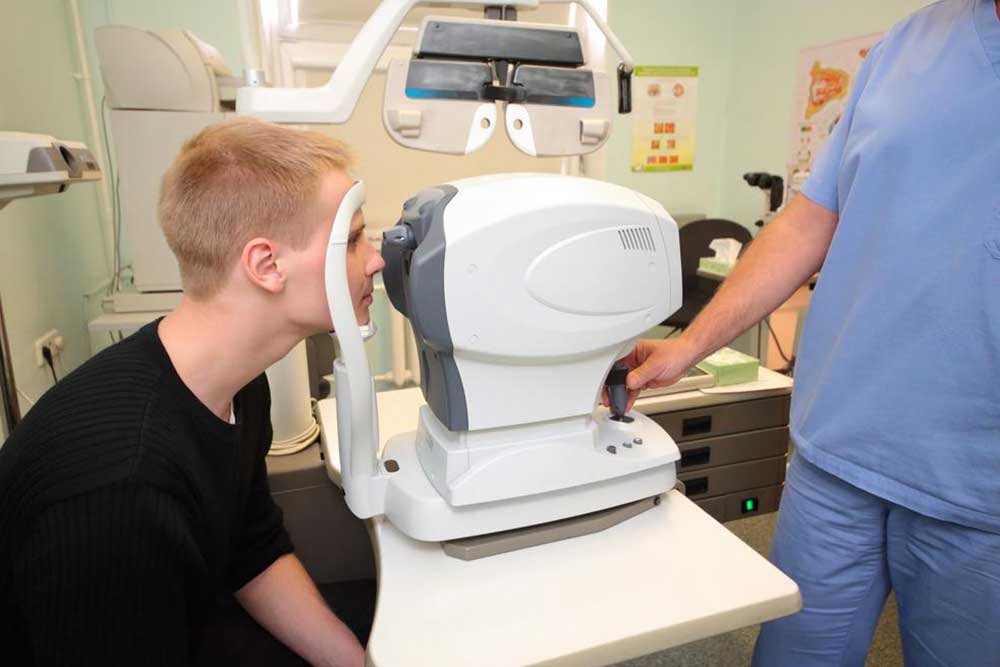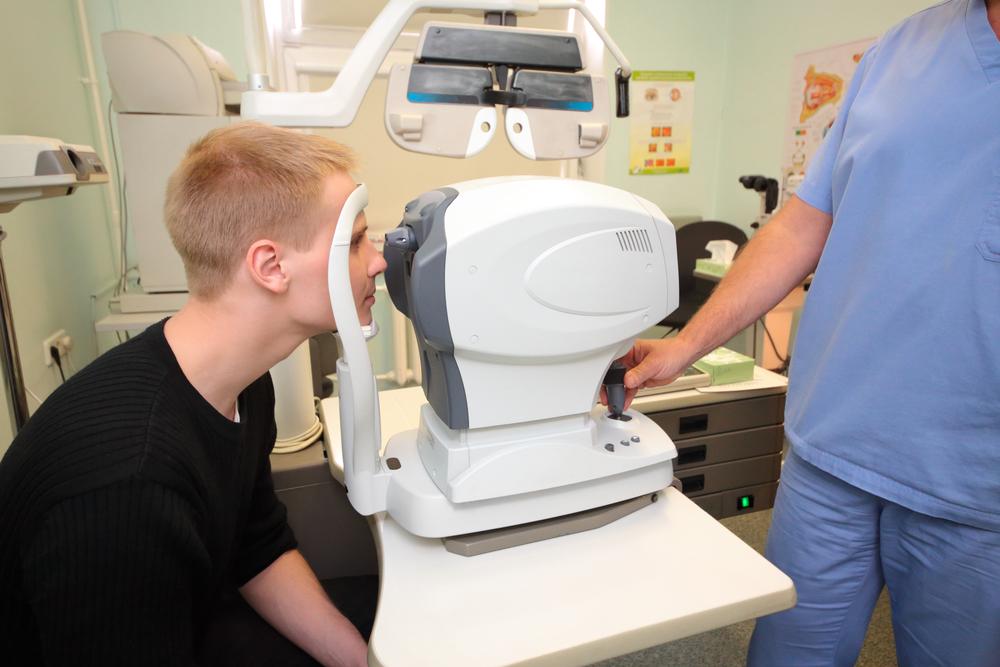Understanding Glaucoma: Causes, Signs, and Management Options
Glaucoma is a serious eye condition that damages the optic nerve due to increased eye pressure, often without early signs. As it progresses, symptoms such as blurred vision, halos, pain, and sudden vision loss may occur. Treatment options include medications, laser procedures, and surgery to reduce intraocular pressure. Early detection is vital for preventing permanent vision damage, emphasizing the importance of regular eye check-ups and prompt medical attention.

Glaucoma encompasses a range of eye disorders characterized by progressive optic nerve damage, often resulting in irreversible vision loss. Early stages typically show no noticeable symptoms, making detection challenging until significant damage has occurred. The primary cause is increased intraocular pressure due to fluid buildup in the eye, which harms the optic nerve. This pressure results from blocked outflow channels for the eye's nourishing fluid. Symptoms like blurred vision, halos around lights, nausea, severe eye pain, and sudden vision loss appear as the disease advances. Treatment aims to lower eye pressure through medications, laser procedures, or surgery to prevent further loss of sight. Prompt diagnosis and intervention are crucial for preserving vision.










